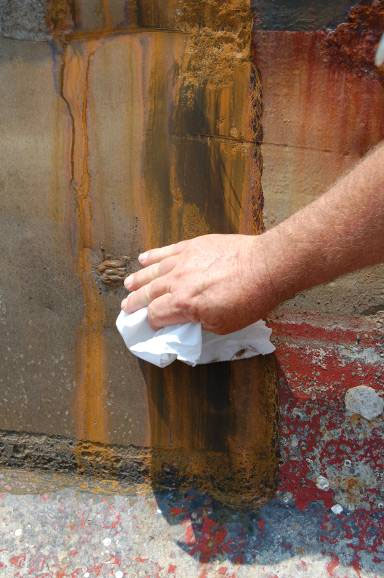The Federal Clean Water Act generally allows for the filing of a lawsuit by any party who claims to have been adversely affected by the discharge of another.
While the successful filing of a citizen suite requires many facts to be proved, opinions on what is legally required to sustain a successful suite may surprise you.
This is a case study of a shipyard that believed it was implementing best management practices and storm water controls, such that it was effectively controlling the operations (and discharges) at it’s facility.
This presentation is intended to provide an overview of the Federal Clean Water Act requirements for sustaining/defending an allegation of violation of the Act, and will compare and contrast some specific judicial findings for each of these requirements.
This presentation is intended to provide an overview of the outcome of a specific Citizen Suite and identify some of the main themes in the judicial review of allegations related to compliance with the Federal Clean Water Act.
[Download not found]











April 5, 2009
1 Comment